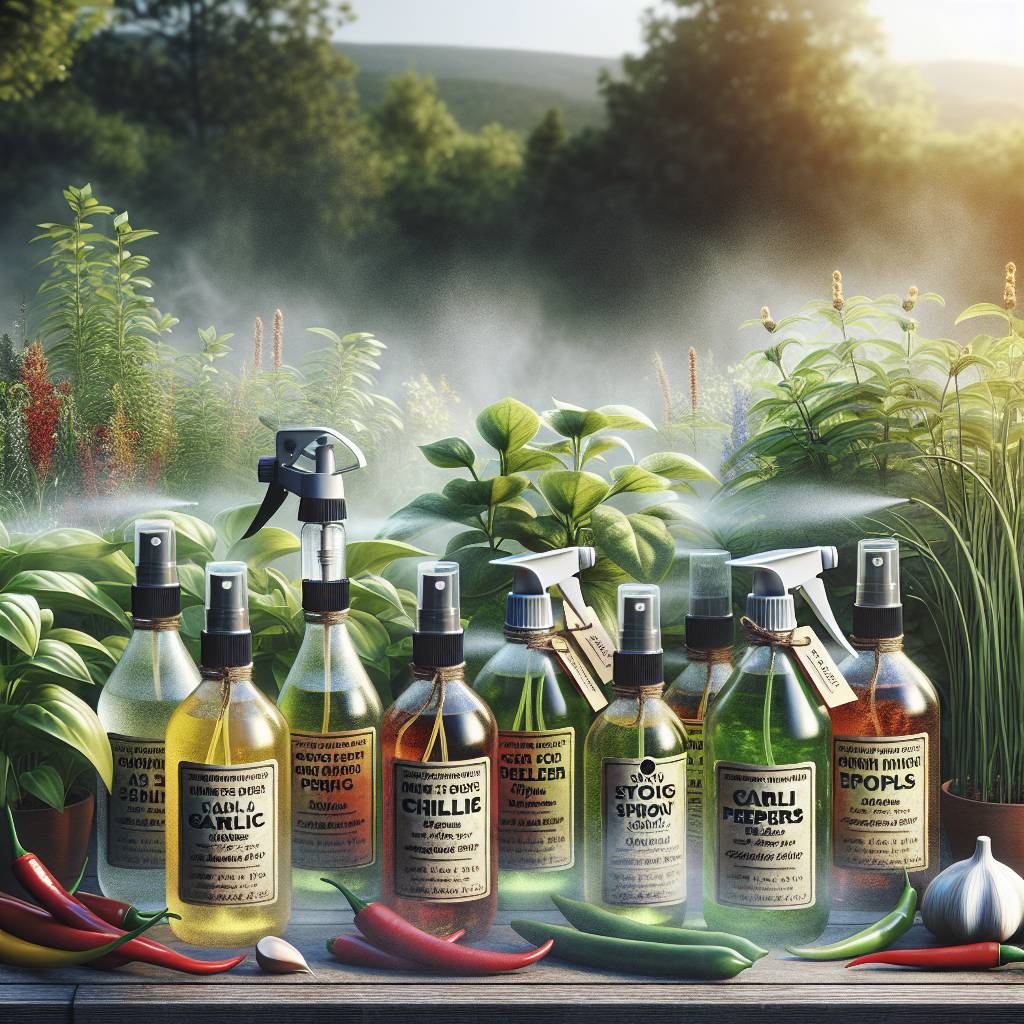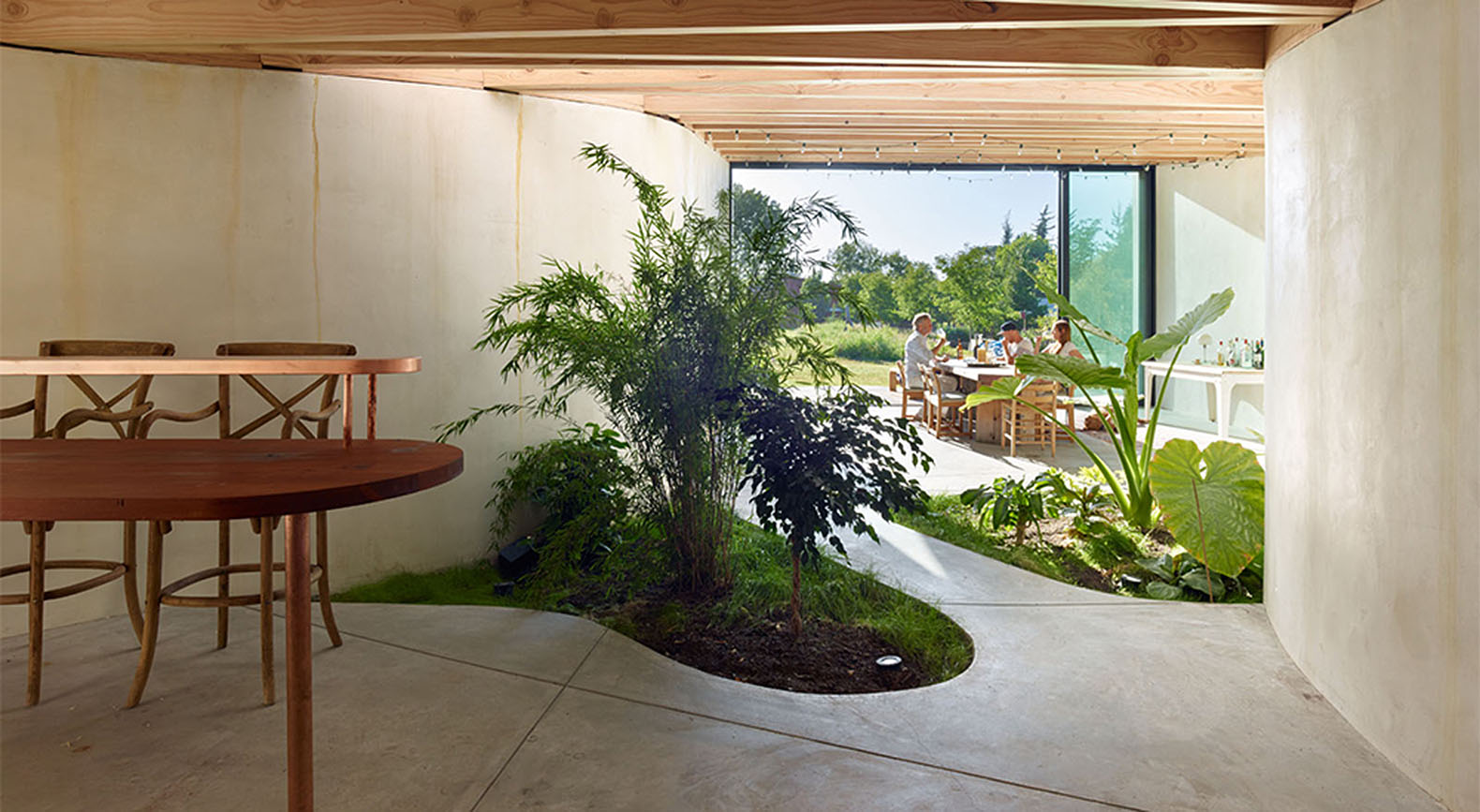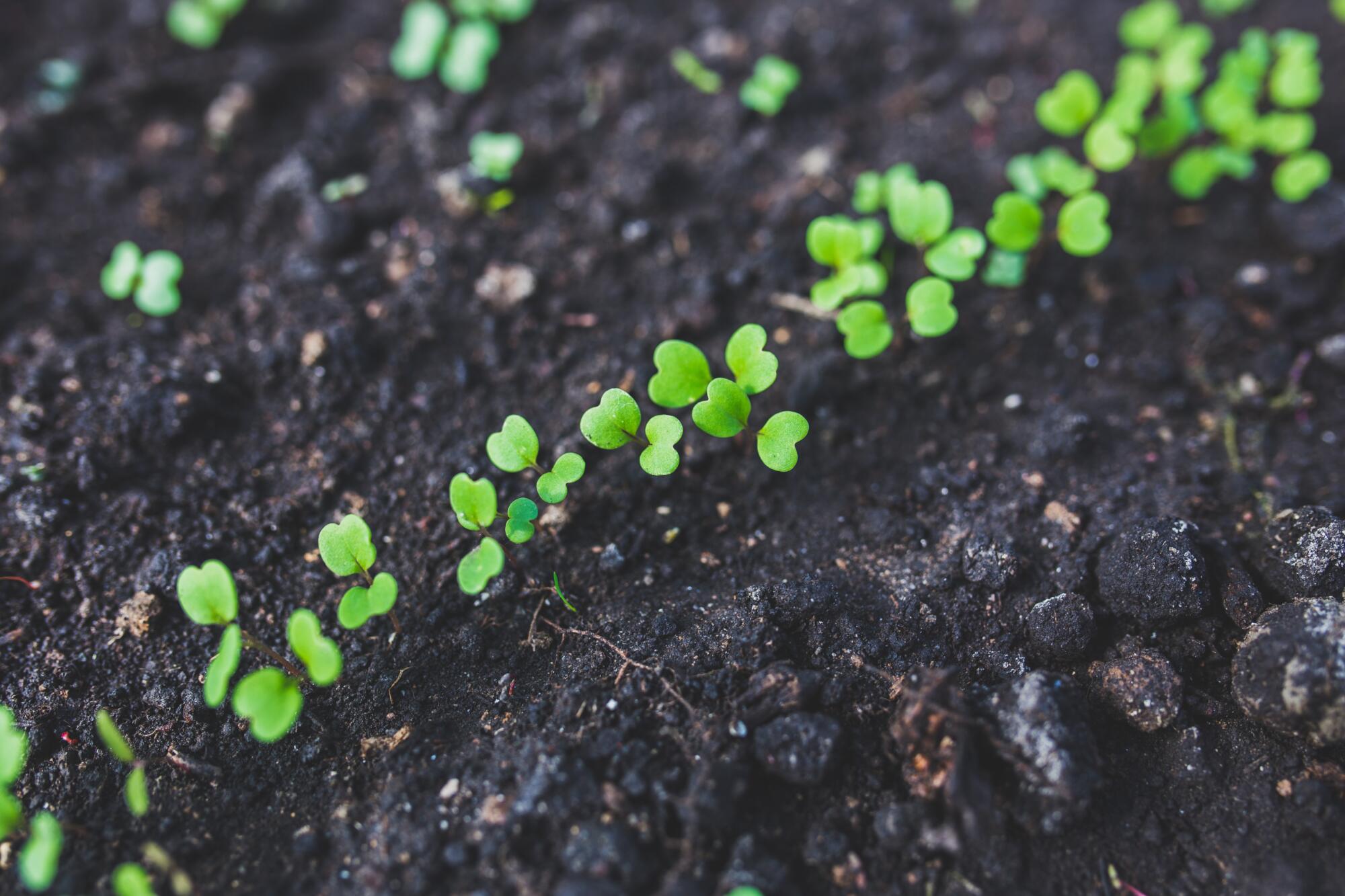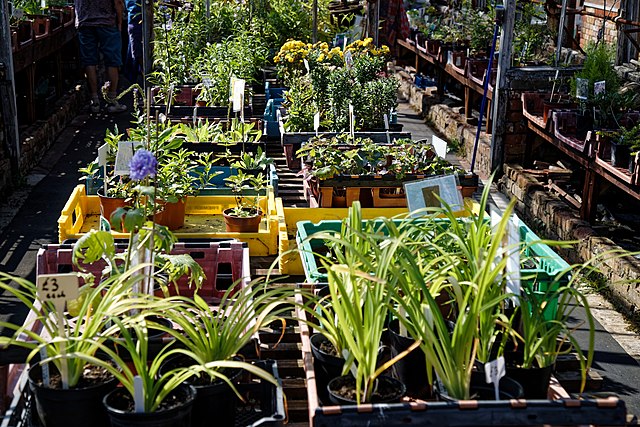Cultivating a healthy, productive vineyard or orchard is complex, labor intensive work.
To do it right requires more than just the best varieties of grapes or fruits, good weather conditions and fertile soil. It also calls for sharp thinking, good planning, the right tools, vineyard equipment and supplies and excellent undervine management. These days growers are becoming less reliant on manual labor to prepare, plant and harvest their crops. More and more they are making use of specialized equipment like tractors, mowers, sprayers, and harvesters. Using this type of equipment gets the work done more efficiently and cost-effectively.
1. The Right Vineyard and Orchard Equipment
To prepare the ground to cultivate a productive vineyard or orchard, you need the right
equipment. That includes specialized tractors, tillage and soil moving equipment, fertilizer spreaders, sprayers, and cultivators. As the vines begin to grow in your vineyard, you will also need undervine mowers, sweepers, mulchers, and cultivators. These specialized tools and pieces of equipment can help to take the size and quality of the harvest of your vineyard or orchard to another level. The right equipment can make what would otherwise be a daunting, manpower intensive task more manageable.
Machines Make A Huge Job Easier
Some of the essential machines used in modern orchards and vineyard that make the huge job of preparing, fertilizing and planting thousands of trees and vines easier include:
leaf removers, hedgers, trimmers, pre-pruners, automated hand tools. Rather than hire
an army of workers, orchard and vineyard owners can use a smaller crew armed with shredders, wind machines, technologically advanced weed control and soil management equipment and products and tractors with an array of innovative, unique attachments.
That enables a few people to do the work that used to take hundreds.
Cutting-Edge Weed Control Tools And Techniques
Weeds have long been the bane of the existence of vineyard and orchard owners in the early stages of growing their crops. The weeds compete with the plants for nutrients and moisture in the soil and can deplete the soil and starve the plants. In the past, getting rid of weeds was time consuming back breaking work. Today, turbo-powered fast weeding machines zoom through vineyards and orchards using 90º rotation hoeing blades
attached to disc harrows and cultivators to perform ecological weeding control tasks even while plantings, trees and vines are very close and handle weed problems with no chemicals and without damaging the plants.
2. The Right Orchard And Vineyard Supplies
Cultivating healthy, high yielding orchards and vineyards requires the right supplies.
Whether growing grapes, apples, oranges, berries, tomatoes, olives, peppers, nuts or any of a wide variety of other in-demand fruits and vegetables, the modern vineyard or orchard owner needs key supplies to be successful. That includes plant training and growing tubes, trellises, bird netting, other wildlife control supplies, plant grafting
as well as refractometer and testing supplies. Identifying reliable sources of these
supplies is vital. These are items that are essential for healthy plant development.
Other Basic Supplies
Even as the cultivation of vineyards and orchards has become much more high tech, there
are still some reliable, durable, basic supplies that workers need to do common daily
tasks. Workers in vineyards and orchards need a steady supply of things like rakes, pruning shears, mulch, fertilizer, herbicides and spray wands to ensure plants, vines and trees get the nutrients, maintenance and protection they need to remain healthy.
Some of the others crucial orchard and vineyard supplies needed include quality water infiltration, irrigation systems and water runoff prevention supplies.
Tools And Attachments
In lieu of hiring a large workforce, vineyard and orchard owners simply use a steady supply of innovative new vineyard equipment, orchard equipment, tools and attachments that workers can connect to small tractors so that one worker can perform a wide range of tasks. These versatile tools and attachments help workers do specific tasks effectively and efficiently without causing damage to the plants, vines, and trees. One such attachment is de-leafers that remove the leaves from the grapevines to increase the grapes’ rate of maturation and reduce the need for spraying. These attachments have sensor levers that protect the stem of the vine.
Cultivators, Sprayers and Grape Harvesters
Workers in vineyards and orchards can use offset cultivators with displacement setting devices to control their movements. This enables them to work faster and in a straight
line so the vines are not damaged. Workers also use sprayers that provide vineyards, orchards and groves with unsurpassed coverage and make maintaining the crops easier. These pieces of vineyard equipment, orchard equipment, tools and supplies have features
that make them versatile, durable, long-lasting and deliver big performance despite their small size. Their lightweight, stainless steel, chemical resistant components make them perfect for vineyards and orchards.
3. Vineyard Floor Management
Effective vineyard floor management has several components. Three of the most important
ones are:
1. Weed Management
2. Soil Conservation
3. Water Management
Without proper practices for managing the vineyard floor, the size, quality, quantity and health of the plants in your vineyard and orchard will be compromised and the time,
money and man-hours you invested will be wasted. Many people think once you till and fertilize the soil, put in the plants, and water them regularly, they will continue to grow on their own and produce a good harvest. Nothing could be further from the truth.
Effective management of the vineyard floor is among the most important steps in the
healthy growth and fruitfulness of the vines and trees in any vineyard or orchard.
Weed Management
In vineyards and orchards, weed populations should be managed in the pre-establishment,
vineyard development as well as the management stage. Before you begin planting, the top priority is to reduce or eliminate invasive or perennial weeds. Once the vineyard is planted, it is vital to maintain control of the weeds so the young vines and trees can grow strong without having to compete with weeds for nutrients and moisture in the soil. The root systems in young vines and trees are relatively small. This means they
only have limited access to nutrients and moisture in the soil. Weeds can prevent the plants from becoming properly established and make them weak, sickly, and unfruitful.
Soil Conservation
In any agricultural setting, preserving and enhancing the soil is very important. To prevent soil erosion and beneficially alter the properties of the soil, cover crops can
be used. Grown in the alleys that are in between the rows of vines or trees, cover crops help reduce soil erosion and nitrate leaching and facilitate movement of workers and tractors through the orchards and vineyards. Annuals or perennials can be used as cover crops. In non-irrigated areas, cover crops control excess vine vigor by reducing the excess moisture in the soil. They also add nitrogen and increase soil stability and aggregation by enhancing the growth of beneficial microbial populations and creating reduced water runoff, better water infiltration and improved soil conservation in winter.
Water Management
In regions where there are varying concerns about water resources, different practices for managing the vineyard floor are used. Vineyard soil is sometimes left bare in arid
regions where it’s difficult to grow cover crops. To avoid competition for water resources for young vines and trees, managers sometimes choose to forgo cover crops. In
some cases, based on precipitation, irrigation, and other water resources, growing cover
crops in young vineyards may be desirable as long as there is a vegetation-free zone 3 feet wide within the vine row.






